The prehistoric rulers of Earth, dinosaurs, dominated our planet for over 165 million years—a reign so extensive that humans, with our mere 300,000 years of existence, can hardly comprehend it. From their emergence in the Triassic period to their abrupt disappearance at the end of the Cretaceous, dinosaurs underwent remarkable evolutionary transformations. Their journey from small reptilian ancestors to the diverse array of creatures that captured our collective imagination represents one of the most fascinating chapters in Earth’s biological history. Through fossilized remains, scientists have pieced together a narrative of adaptation, specialization, and diversification across changing landscapes and climates. This article explores how dinosaurs evolved over millions of years, transforming from humble beginnings into some of the most spectacular creatures ever to walk the Earth.
The Dawn of Dinosaurs: Triassic Beginnings
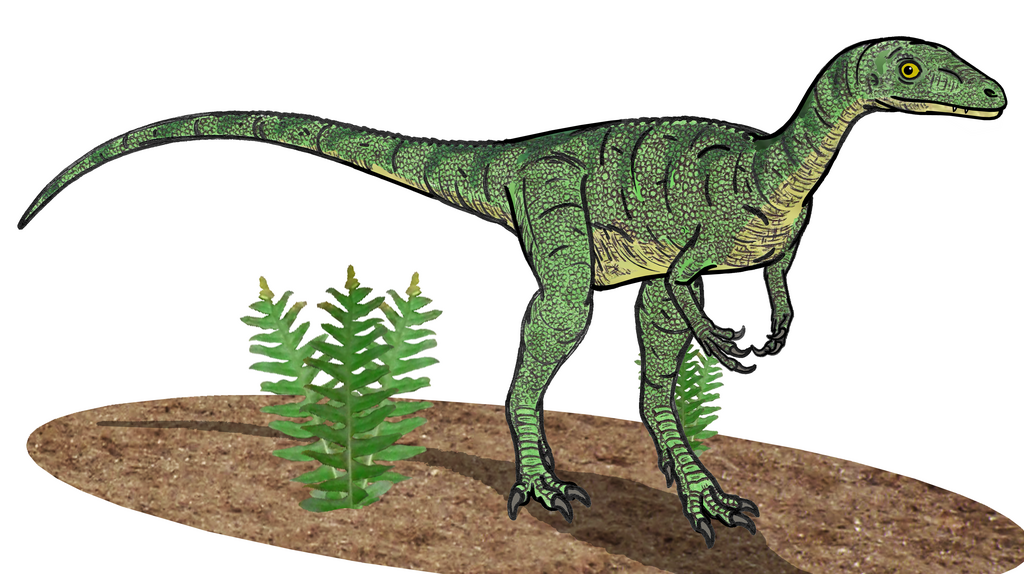
Dinosaurs first appeared during the late Triassic period, approximately 230 million years ago, evolving from archosaurs—a group that also gave rise to crocodilians and pterosaurs. The earliest dinosaurs like Eoraptor and Herrerasaurus were relatively small, bipedal creatures typically measuring 3-6 feet in length. Unlike their massive descendants, these pioneer species were nimble predators with slender bodies and sharp teeth, adapted for catching small prey in the warm, arid environments of Pangaea. Their key evolutionary advantages included an upright stance with legs positioned directly beneath their bodies, which provided superior locomotion compared to the sprawling gait of other reptiles. This period marked the humble beginnings of what would become Earth’s most dominant land animals, as dinosaurs gradually gained ecological advantages over other reptilian groups through their more efficient movement and metabolic adaptations.
The Great Diversification: Early Jurassic Expansion
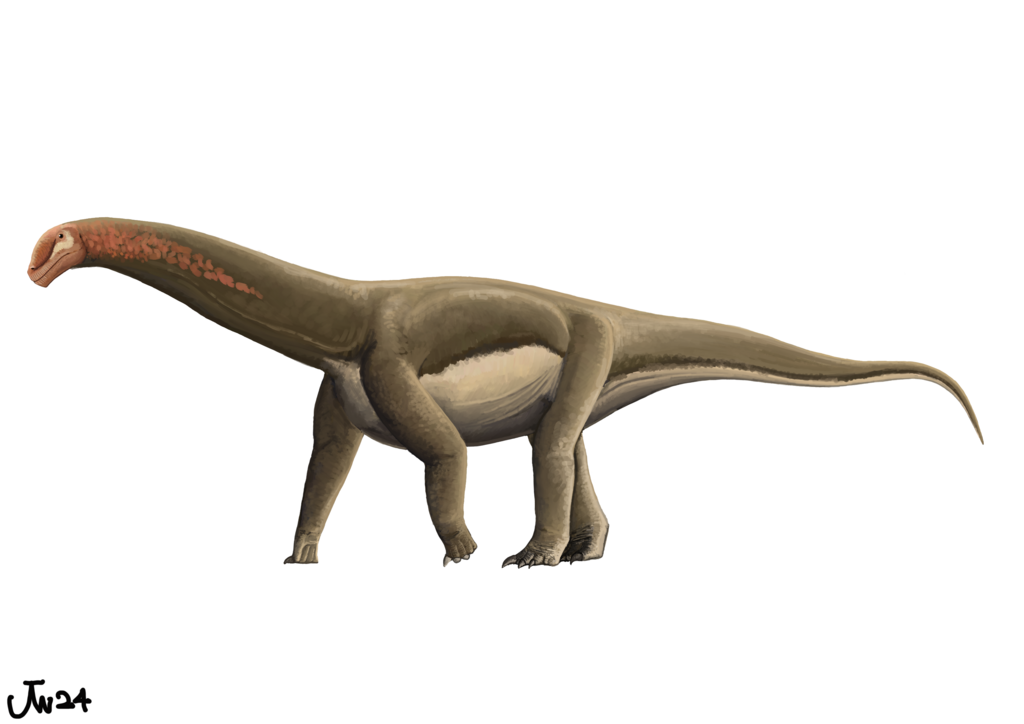
The early Jurassic period, beginning around 201 million years ago, witnessed a remarkable diversification of dinosaur lineages following the end-Triassic extinction event that eliminated many competing reptile groups. With reduced competition, dinosaurs rapidly filled vacant ecological niches, resulting in an explosion of new forms and specializations. During this time, the major dinosaur groups began to clearly differentiate—herbivorous sauropodomorphs grew larger, theropods developed into various predatory forms, and the early ornithischians established their distinct lineage. Notably, early sauropods like Vulcanodon began showing the first signs of the massive body plans that would later characterize their descendants. This period also saw dinosaurs expanding their geographical range across Pangaea, adapting to diverse habitats from forests to semi-arid plains. The early Jurassic essentially set the stage for the golden age of dinosaurs, establishing evolutionary trajectories that would play out over the next 135 million years.
The Rise of the Giants: Mid to Late Jurassic

The Middle to Late Jurassic period (174-145 million years ago) witnessed the evolution of truly massive dinosaurs, particularly within the sauropod lineage. As Pangaea began fragmenting into separate continents, new environmental opportunities emerged, allowing for specialized adaptations. Iconic giants like Diplodocus, Brachiosaurus, and Apatosaurus evolved during this time, developing enormously long necks, small heads, and massive bodies that could reach over 80 feet in length and weigh up to 80 tons. These adaptations allowed them to reach high vegetation that other herbivores couldn’t access. Their size also served as a defense against the increasingly specialized predators that emerged during this period, including large theropods like Allosaurus. The Late Jurassic represents what many consider the golden age of dinosaur gigantism, when the fundamental limits of terrestrial body size were tested through evolutionary pressures. This period is immortalized in famous fossil beds like the Morrison Formation in North America, which has provided a spectacular window into this age of dinosaurian giants.
Theropod Innovations: From Allosaurus to Early Birds
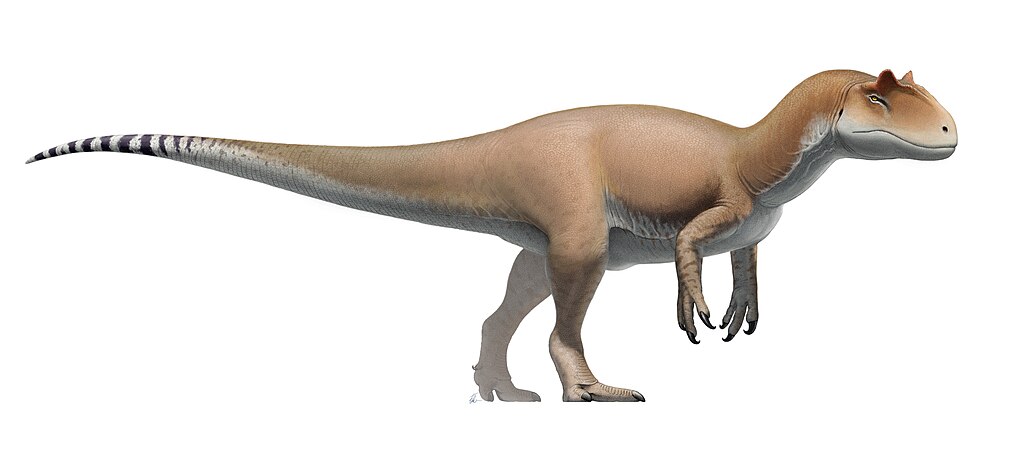
Throughout the Jurassic and Cretaceous periods, theropod dinosaurs—the primarily carnivorous bipedal group—underwent continuous refinement and diversification that would eventually lead to birds. Starting with relatively straightforward predators like Allosaurus, theropods evolved numerous specialized adaptations for different hunting strategies and ecological niches. The Jurassic saw the emergence of megalosaurids and allosaurs with powerful jaws and blade-like teeth, while the Cretaceous brought tyrannosaurs with massive crushing skulls and spinosaurids with crocodile-like snouts for fishing. Particularly significant was the evolution of maniraptoran theropods, including dromaeosaurids (like Velociraptor) and troodontids, which developed features increasingly similar to birds: enlarged brains, stereoscopic vision, complex feather arrangements, and modified forelimbs. By the Late Jurassic, Archaeopteryx demonstrated that the boundary between non-avian dinosaurs and birds had become blurred, representing one of evolution’s most famous transitions. This progressive refinement of the theropod body plan ultimately produced the only dinosaur lineage that would survive beyond the Cretaceous extinction: modern birds.
Armored Innovations: The Evolution of Defensive Adaptations

As carnivorous dinosaurs evolved more sophisticated hunting strategies, herbivorous dinosaurs responded with increasingly elaborate defensive adaptations. The thyreophoran dinosaurs—”shield-bearers”—developed some of the most impressive defensive structures in the animal kingdom. Early forms like Scutellosaurus had rows of small bony plates embedded in their skin, but this modest protection evolved into the spectacular armor of stegosaurs during the Late Jurassic. Species like Stegosaurus featured massive upright plates along their backs and tail spikes (thagomizers) that served as effective weapons against predators. By the Cretaceous period, this lineage had produced ankylosaurs with full-body armor including bony plates, spikes, and in some cases, massive tail clubs capable of breaking bones. Parallel evolution of defensive structures occurred in other dinosaur groups too—ceratopsians developed elaborate horns and frills, while pachycephalosaurs evolved thick dome-shaped skulls possibly used in head-butting contests. These diverse defensive strategies represent an evolutionary arms race between predators and prey, with each adaptation driving counter-adaptations in an ongoing cycle of evolutionary escalation.
The Hadrosaur Revolution: Sophisticated Plant-Eaters
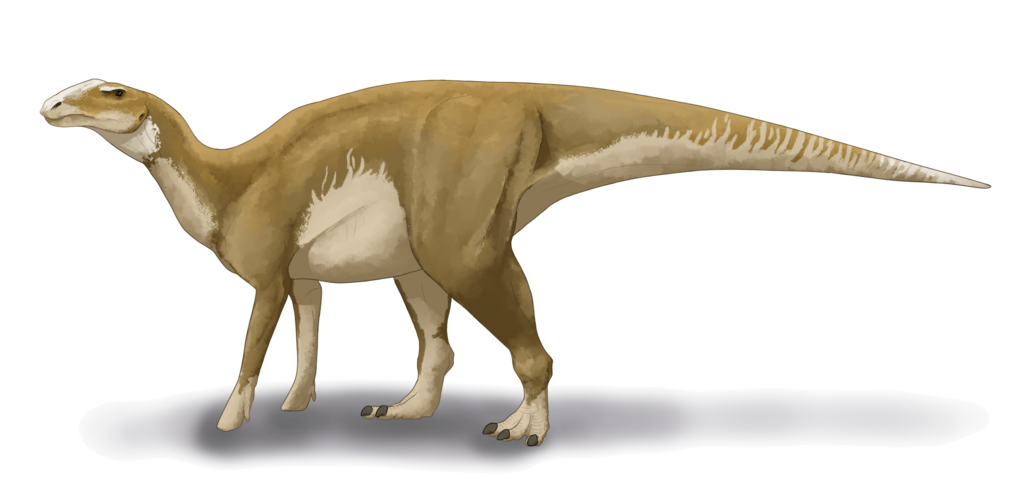
The Late Cretaceous period witnessed the rise of hadrosaurs, or duck-billed dinosaurs, which became one of the most successful and diverse groups of herbivores ever to exist. These ornithopods evolved remarkably sophisticated feeding mechanisms, including complex dental batteries with hundreds of teeth arranged in tight columns that created continuous grinding surfaces for processing tough plant material. Unlike earlier herbivores, hadrosaurs could efficiently chew their food, extracting more nutrition from vegetation and allowing them to thrive on lower-quality plant matter than their predecessors. Many species, like Parasaurolophus and Corythosaurus, developed elaborate hollow crests connected to their nasal passages, which likely served as visual displays, sound resonating chambers for communication, or both. Hadrosaurs evolved social behaviors evidenced by extensive bonebeds suggesting herd living, and some species left behind nesting colonies with evidence of parental care. Their evolutionary success is demonstrated by their abundance in Late Cretaceous ecosystems worldwide, where they often constituted the majority of large herbivores before the extinction event ended their reign.
Horned Faces: The Ceratopsian Saga
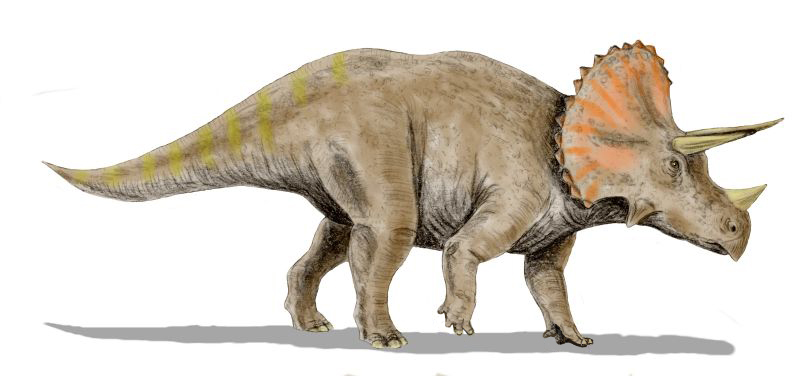
Ceratopsians—the “horned-faced” dinosaurs—underwent a remarkable evolutionary journey from small bipedal ancestors to massive quadrupedal beasts with some of the most dramatic skull structures ever evolved. Early forms like Psittacosaurus from the Early Cretaceous were small, bipedal dinosaurs with just a simple parrot-like beak and rudimentary frill. As ceratopsians evolved, they transitioned to a quadrupedal stance, developed increasingly elaborate frills, and added impressive facial horns. By the Late Cretaceous, North America was home to iconic forms like Triceratops, with its three prominent facial horns and massive bony frill that could span over 6 feet across. The diversity of horn and frill configurations among different ceratopsid species—from the short-frilled Centrosaurus with its hooked nose horn to the spectacular five-horned Pentaceratops—suggests these structures served multiple functions including species recognition, sexual display, and defense against predators like Tyrannosaurus rex. Fossil evidence reveals that ceratopsid frills were highly vascularized, potentially allowing them to flush with color during displays, similar to modern reptiles and birds. The ceratopsian lineage represents one of the most visually dramatic examples of evolutionary diversification among dinosaurs.
The Tyrannosaur Journey: From Small Hunters to Apex Predators

The evolutionary history of tyrannosaurs represents one of the most dramatic transformations in dinosaur evolution, from relatively modest beginnings to the most formidable land predators of all time. Early tyrannosaurs from the Middle Jurassic and Early Cretaceous, like Proceratosaurus and Dilong, were surprisingly small animals—typically human-sized with slender builds and three-fingered hands. These early forms possessed primitive feathery coverings and occupied mid-level predator niches in their ecosystems. The tyrannosaur story changed dramatically in the Late Cretaceous, when the family underwent rapid evolution toward gigantism, particularly in North America and Asia. Species like Albertosaurus showed the transition toward the classic tyrannosaur body plan with reduced forelimbs and reinforced skulls. The culmination of this trend appeared with Tyrannosaurus rex, which could exceed 40 feet in length and possessed the strongest bite force of any terrestrial animal ever measured. Tyrannosaurs evolved specialized adaptations including binocular vision, heightened olfactory capabilities, and teeth designed to crush bone. This remarkable transformation from small, swift hunters to massive apex predators occurred over approximately 100 million years, demonstrating evolution’s capacity to completely reshape a lineage when driven by the right ecological opportunities.
Southern Titans: Dinosaur Evolution in Gondwana

As Pangaea fragmented during the Jurassic and Cretaceous periods, dinosaur evolution took unique paths across the southern supercontinent of Gondwana (comprising modern South America, Africa, Antarctica, Australia, and India). This geographic isolation led to the development of distinctive dinosaur faunas with evolutionary innovations not seen in northern continents. In South America, titanosaur sauropods like Argentinosaurus and Patagotitan evolved into the largest land animals ever known, some potentially exceeding 100 feet in length. Meanwhile, unique predators emerged, including the sail-backed Spinosaurus in North Africa, with adaptations for a semi-aquatic lifestyle, and the bizarre theropod Carnotaurus in South America, with its bull-like horns and extremely reduced forelimbs. Australia’s isolated dinosaur fauna included the recently discovered Australotitan, one of the largest dinosaurs from that continent. The Gondwanan radiation produced some of the most unusual dinosaurs ever discovered, including the stubby-armed predator Majungasaurus from Madagascar and the bizarre herbivore Nigersaurus from Niger with its vacuum-cleaner-like mouth containing over 500 teeth. This southern evolutionary experiment was interrupted, like all dinosaur evolution, by the Cretaceous-Paleogene extinction event 66 million years ago.
Miniaturization and the Path to Birds

While much of dinosaur evolution focused on increasing size, one lineage—the maniraptoran theropods—underwent a remarkably different trend: miniaturization that ultimately led to modern birds. Beginning in the Middle Jurassic, certain small theropods evolved increasingly bird-like characteristics, including hollow bones, three-toed feet, wishbones, and complex feathers. Crucial to this transition was a sustained reduction in body size across millions of years, allowing for the development of features that would eventually enable flight. Dinosaurs like the 2-pound Microraptor from Early Cretaceous China demonstrate this trend, with four wings and asymmetrical flight feathers suggesting gliding or limited powered flight abilities. The extremely small Epidexipteryx, weighing perhaps 5 ounces, shows how miniaturization created opportunities for new ecological niches. Most important was the sustained miniaturization in the lineage leading directly to birds, allowing for metabolic changes that supported the high energy demands of powered flight. This evolutionary pathway represents one of the most significant transitions in vertebrate evolution, ultimately producing the most diverse group of dinosaurian descendants—the approximately 10,000 species of modern birds that continue the dinosaur legacy today.
Polar Adaptations: Dinosaurs in Extreme Environments

Contrary to earlier perceptions of dinosaurs as exclusively tropical animals, fossil discoveries from high paleolatitudes reveal that many dinosaur groups successfully adapted to polar regions with extreme seasonal variations in temperature and light. Fossils from Alaska, Antarctica, southern Australia, and northern Russia show diverse dinosaur communities thriving in environments that experienced months of winter darkness and potentially freezing temperatures. The Late Cretaceous polar dinosaurs of Alaska included specialized hadrosaurs like Edmontosaurus with larger eyes suggesting adaptations for low-light conditions. Some polar dinosaurs, including the Australian hypsilophodontid Leaellynasaura, possessed unusually large optic lobes in their brains, potentially allowing better vision during dark winter months. Particularly significant is evidence that many polar dinosaurs were year-round residents rather than seasonal migrants, including juveniles too small to migrate long distances. How did these dinosaurs survive the cold, dark winters? Evidence suggests some may have had elevated metabolic rates closer to warm-blooded animals, while others likely possessed insulating feathers or fur-like structures. Some species may have employed torpor (a form of temporary hibernation) during the harshest conditions. These polar adaptations demonstrate dinosaurs’ remarkable evolutionary plasticity and ability to conquer nearly every terrestrial environment on Earth.
The End of an Era: Dinosaur Diversity Before Extinction

In the final 10 million years before the catastrophic asteroid impact that ended the Mesozoic Era, dinosaurs showed no signs of declining diversity—in fact, they were thriving in complex ecosystems worldwide. The latest Cretaceous period (Maastrichtian age, 72-66 million years ago) featured some of the most specialized dinosaurs ever to evolve, representing the culmination of millions of years of adaptation. North America hosted diverse communities including Tyrannosaurus rex, Triceratops, Ankylosaurus, and numerous hadrosaur species coexisting in specialized ecological niches. Asia featured unique forms like the giant oviraptorid Gigantoraptor and the bizarre long-necked sauropod Quaesitosaurus. In South America, bizarre horned carnivores like Carnotaurus shared habitats with the last titanosaurs. Recent discoveries from Romania’s “Hațeg Island” reveal a fascinating case of island dwarfism, where normally large dinosaurs evolved into miniature forms on isolated landmasses. Importantly, studies of growth rings in dinosaur bones show many species were still thriving with stable growth patterns right up to the extinction boundary. The K-Pg extinction didn’t eliminate dinosaurs because they were already failing—it struck a diverse, specialized, and successful group that, had the asteroid missed Earth, might have continued evolving in unpredictable ways for millions more years.
Legacy of Evolution: Dinosaurs in the Modern World

Though most dinosaur lineages vanished 66 million years ago, their evolutionary legacy continues today through their only living descendants—birds. Modern birds retain fundamental dinosaurian characteristics including hollow bones, scaly feet, egg-laying, and feathers, representing a direct continuation of theropod evolution rather than a separate development. Beyond their avian descendants, dinosaurs shaped the evolutionary trajectory of many other organisms. Mammals remained small and primarily nocturnal throughout the dinosaur era, only diversifying into larger forms after the extinction event removed dinosaurian competition. The 165-million-year reign of dinosaurs permanently altered the evolutionary possibilities for terrestrial vertebrates by establishing body plans and ecological relationships that influenced all subsequent life. Their extinction created evolutionary opportunities that mammals, including humans, ultimately exploited. Perhaps most significantly, dinosaurs revolutionized our understanding of evolution itself, providing some of the most compelling evidence for gradual evolutionary change, punctuated equilibrium, and adaptive radiation. The discovery



